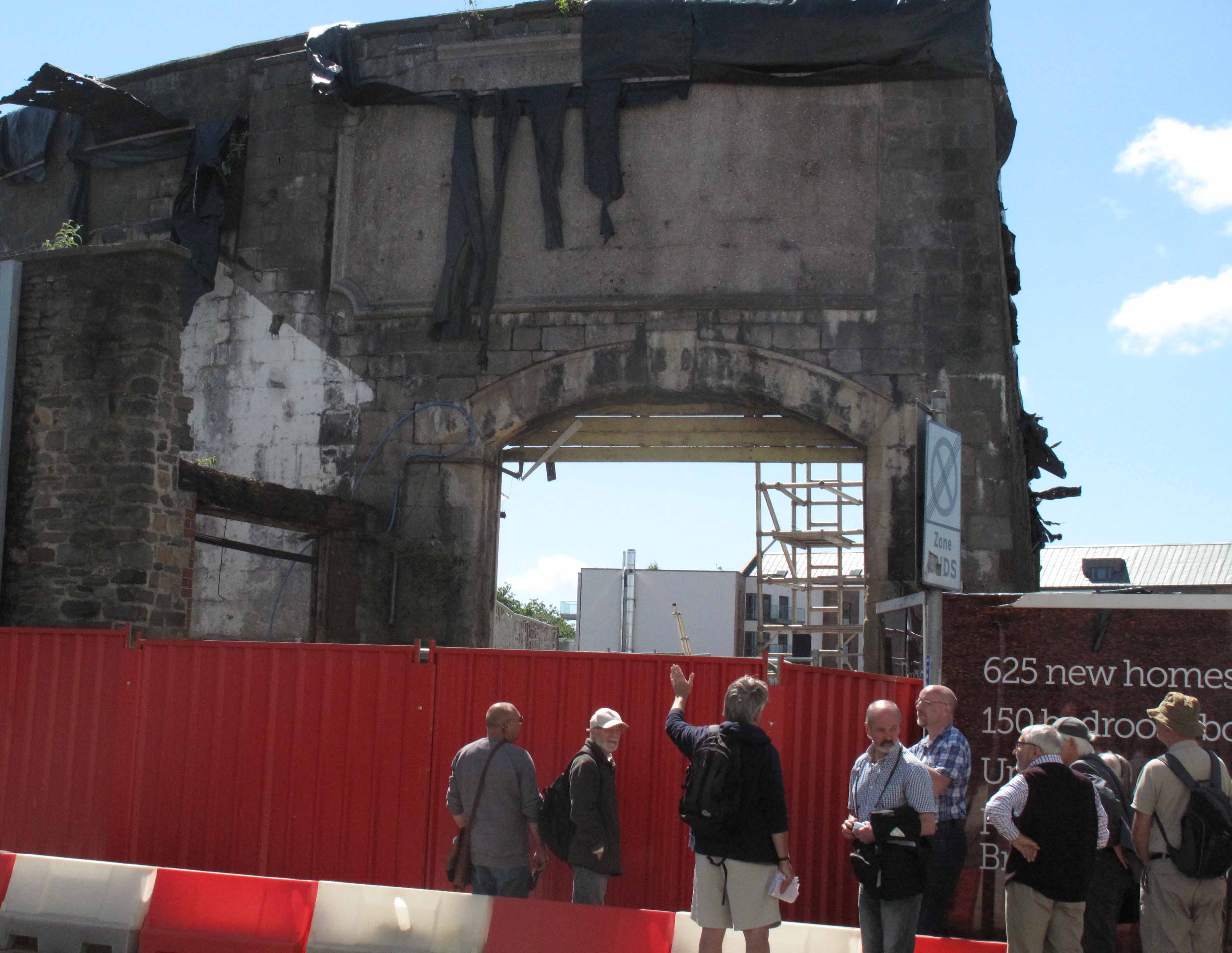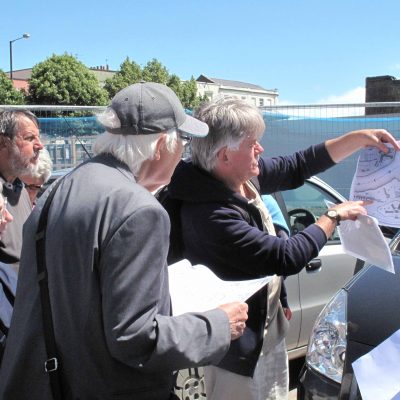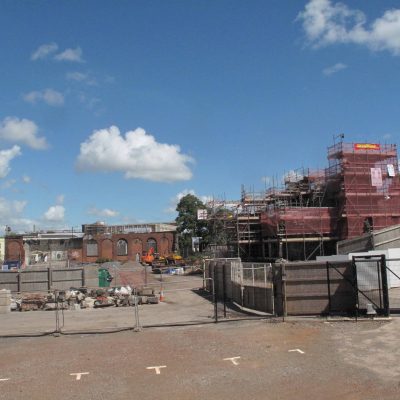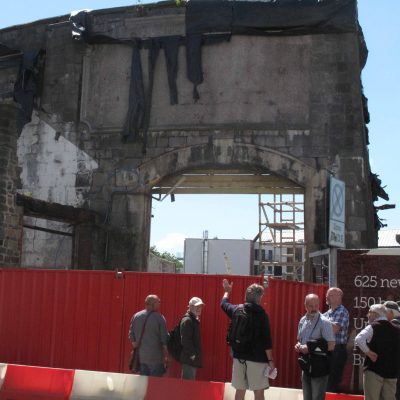
The state of Bristol’s prisons
In the early 19th Century Bristol’s Newgate prison was one of the worst in the country, where many inmates died of disease and malnutrition. In 1816 an Act of Parliament approved a purpose-built ‘New Gaol’ for Bristol.
An excellent arrangement
£60,000 went towards building the New Gaol on the outskirts of the city overlooking the hills and fields of Bedminster. The design used Jeremy Benthan’s ‘Panopticon’ theory that a central watch tower would positively influence inmates’ behaviour, who act on the assumption that they are being observed at all times. The facilities were heralded as a great success.
New Gaol’s perimeter was designed to resemble a castle fortification with an imposing gatehouse and mock portcullis. The gatehouse doubled as a stage for holding public hangings, with a trap-door built into it, through which the condemned were dropped.
Mob rule
The city suffered the worst civil disturbances in its history during the Bristol riots of 1831. The New Gaol was attacked by rioters who breached the iron gates, freed the 170 inmates and set light to the buildings.
The end of an era
Despite rebuilding after the riots, the buildings are inmate conditions at the New Gaol soon deteriorated. It was closed in 1883 replaced by a new facility at Horfield.
In 1895, the New Gaol was sold to The Great Western Railway. Most of the buildings were demolished and replaced with a coal yard and railway sidings. The surviving gatehouse and perimeter walls are Grade II listed structures.
The first execution
On Friday 13 April, 1821, John Horwood was hanged for the murder of Eliza Balsom. Horwood had thrown a stone at Eliza, injuring her head. Sometime later a Dr. Richard Smith operated for a depressed skull fracture. This intervention caused an abscess which proved fatal. When questioned by police, Dr. Smith gave Horwood’s name and testified against him for Eliza’s murder. Horwood’s body was given to Dr. Smith for dissection and study. He used the boy’s skin to bind the case notes. Dr. Smith’s ‘Skin Book’ is on display at the MShed Museum.
The last hanging
On Friday 20 April 1849, the servant girl Sarah Thomas was hanged for murdering her elderly employer. A huge crowd gathered to watch Sarah’s hanging. The event was so moving the Prison Governor fainted and he spectators were deeply disturbed. Sarah’s was the last execution in Bristol and the last teenager girl in Britain.
Source: Information Board on site © Crown Copyright and database rights (2015) Ordnance Survey 100023406.
Prior to the construction of the Gaol, the area was unreclaimed marsh – the name Wapping derives from the Saxon word for marsh – until it began to be used for shipbuilding from the end of 17th Century. Various dockside buildings and docks were constructed, largely connected with the shipbuilding and ship repair industry. The shipbuilding industry ceased and the docks were infilled with the coming of the railway and several granaries were built. These were bombed in the Second World War and the present M Shed was built in the 1950s. The area is now undergoing major redevelopment, the first phase of which is virtually complete



